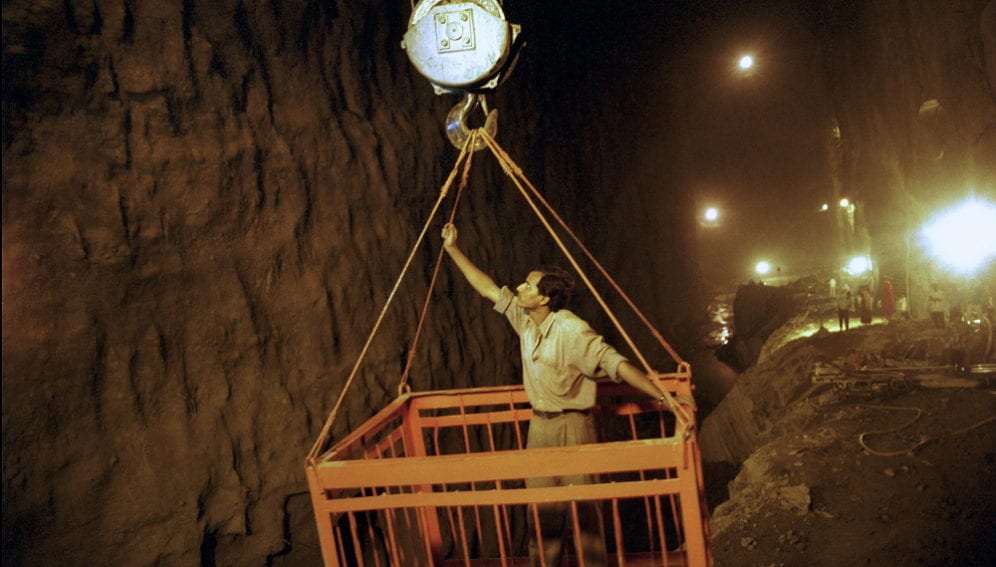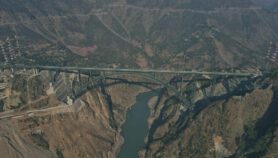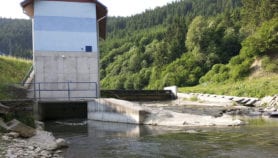By: Max Martin
Send to a friend
The details you provide on this page will not be used to send unsolicited email, and will not be sold to a 3rd party. See privacy policy.
Rapid development could increase the risk of disasters and displacement from extreme weather, argues Max Martin.
Last month, India launched a satellite [1], INSAT 3D, that aims to improve early warnings of extreme weather events — such as the devastating floods and landslides that hit the Himalayan state of Uttarakhand in June — and aid search and rescue.
Such a satellite could help mitigate future disasters. But along with technological improvements, there is a need to slow the feverish pace of construction to make mountain areas safe to live in.
Experts have warned that, in a changing and unpredictable climate, the rapid construction of roads, settlements and dams could make the region more vulnerable to hazards that would displace local communities.
The June disaster was caused by the combination of a glacial lake bursting after a severe rainstorm — flooding the Hindu holy town of Kedarnath with tonnes of ice, water and rock — and debris from hydroelectric projects, many of them left damaged, choking natural drainage [2, 3].
More such extreme rain events are predicted.
“India and other Himalayan countries need to revisit and redesign their mountain development policies.”
Max Martin
As rain and snow patterns shift with climate change, river flows will become more complex and unpredictable. And ten of Asia's greatest rivers — including the Ganges, Brahmaputra and Indus — originate in the Himalayas.
Satellite images reveal a trend of glacial retreat, indicating future water scarcity and potential lake bursts due to increased meltwater.
There is therefore a compelling need to control rampant construction.
In the dynamic context of climate change, construction poses a serious risk, especially big projects such as dams. India plans 292 dams in the Himalayas, mainly to generate electricity. [4] While they provide zero-carbon power and help to irrigate and boost crop yields in a country of more than a billion people, dams also change forests, mountains and habitats. In addition, they are often badly maintained.
They have displaced 16.4 to 40 million people — by different estimates — in India. New dams could push more local communities into an uncertain future.
On the whole, building more on this complex, dynamic mountain system would mean sacrificing the region's resilience for short-term economic goals. India and other Himalayan countries need to revisit and redesign their mountain development policies as well as resource management and conservation practices provide more locally appropriate solutions to promote sustainable development.
This is imperative not only for the safety and wellbeing of mountain communities, but also for everyone that the mountain rivers feed.
Max Martin is a doctoral candidate at the University of Sussex, United Kingdom, researching on climate-related migration. The views expressed are his own.
References
[1] Pallava, B. India launches satellite capable of giving storm warnings (NDTV.com, 26 July 2013)
[2] Rahman, M. Indians question how far flash-flooding disaster was manmade (theguardian.com, 28 June 2013)
[3] Shrestha, M.S. Himalayan floods: What went wrong? (Climatalk, 26 June 2013)
[4] Science doi: 10.1126/science.12272114 (2013)














